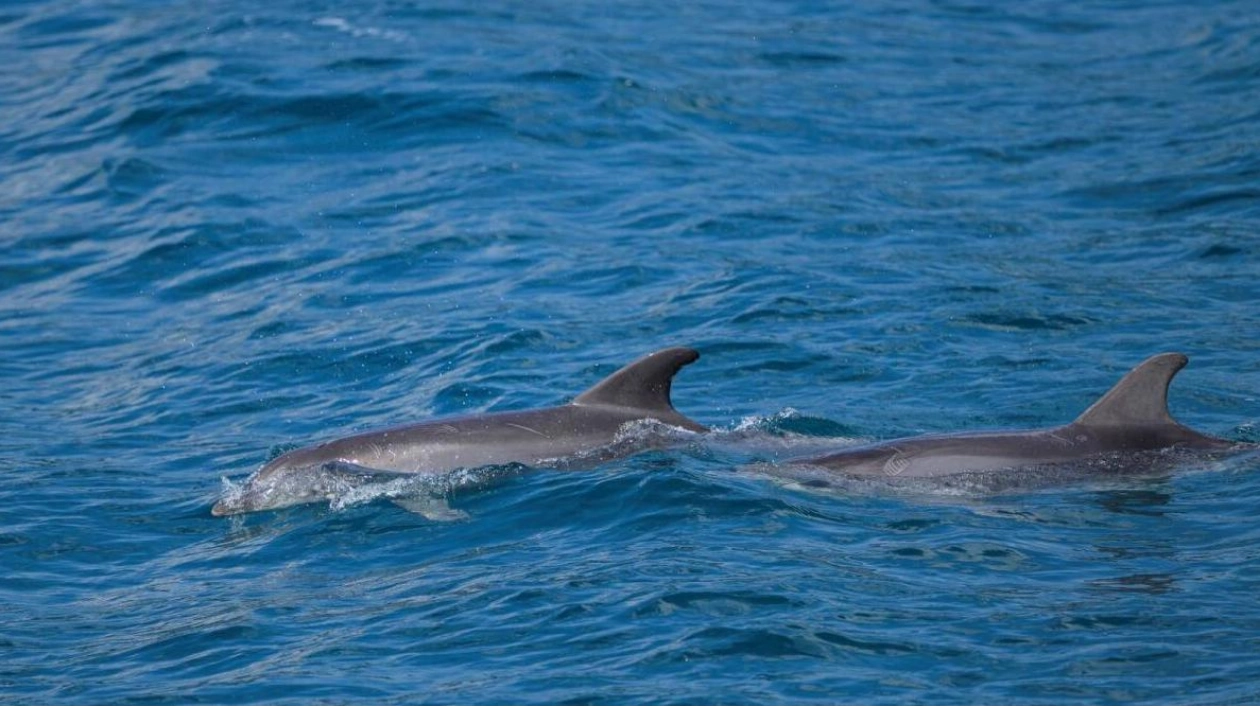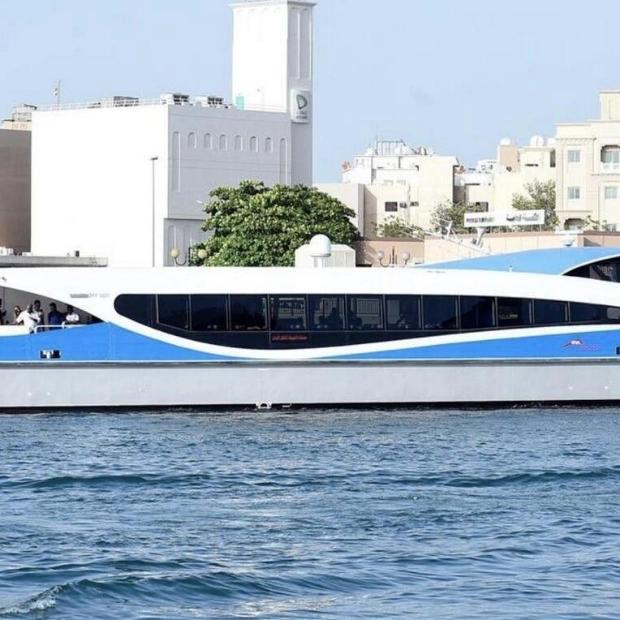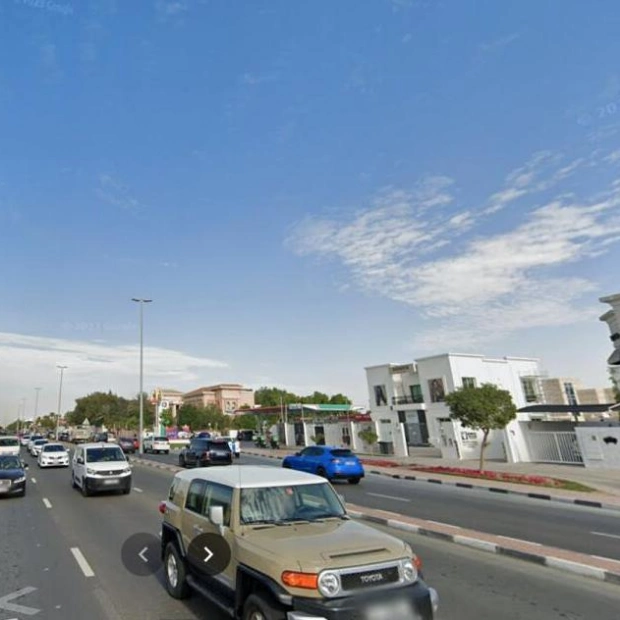As the first dolphin fin broke the surface in the Bosphorus, a wave of excitement swept through the passengers on a complimentary boat tour designed to witness one of Istanbul's most elegant natural spectacles. Whether permanent residents or temporary visitors, dolphins and porpoises seem quite comfortable in the bustling strait that cuts through Turkey's massive city, home to approximately 16 million people. The Istanbul City Council, in collaboration with the World Wildlife Fund (WWF), organizes free summer excursions for dolphin sightings to highlight the threats these marine mammals face. The head of the wildlife project, Ahmet Yasar Yildiz, noted that the city council is actively working to ensure the dolphins' continued presence in the strait connecting the Black Sea to the Mediterranean. "This is their home, and dolphins must continue to thrive here," stated the 59-year-old. He added that the presence of dolphins in the Bosphorus signifies a "well-balanced ecosystem," emphasizing the strait's cleanliness, which he hopes to maintain.
On the upper deck of the boat, WWF Turkey's marine mammals program leader, Cansu Ilkilinc, with a microphone in hand, informed the audience that the Bosphorus is inhabited by two species of dolphin and one species of porpoise, a significant number considering the strait's heavy urban traffic. Despite being a critical route for international maritime traffic, with 39,000 ships traversing the Bosphorus last year according to Turkey's Ministry of Transport, dolphins appear to favor the strait over the adjacent Black Sea and Sea of Marmara. This preference is due to the abundant fish and the strong currents that help disperse pollution, according to Yildiz. However, he cautioned that the dolphins' environment is not entirely safe, facing threats from climate change, pollution, overfishing, and habitat destruction. "Uncontrolled construction and industrialization pose a significant challenge in Istanbul," he highlighted. Since the inception of these educational trips in 2022, their popularity has soared, with spots filling up "within three minutes" every two weeks.
During these trips, the WWF works to document the resident dolphins, aiming to identify them by unique markings or scars. "One has been here since 2012; you can identify it by its dorsal fin," remarked Ayse Oruc, head of WWF Turkey's Marine Biodiversity program, admiring the diverse life in the midst of "one of the world's largest cities." Ilkilinc explained that besides the harbor porpoise, the Bosphorus is also home to both the common and bottlenose dolphin. She offered tips for spotting them: "When seagulls dive and stir the water, it indicates the presence of fish, which dolphins feed on." She also suggested following the trails of cargo ships, tankers, and especially fishing boats to increase the chances of seeing a dolphin pod. Deniz Dincergok, a 24-year-old student, returned from the trip exhilarated, recounting a moment when a baby dolphin leaped out of the water, displaying its belly in a breathtaking display.






